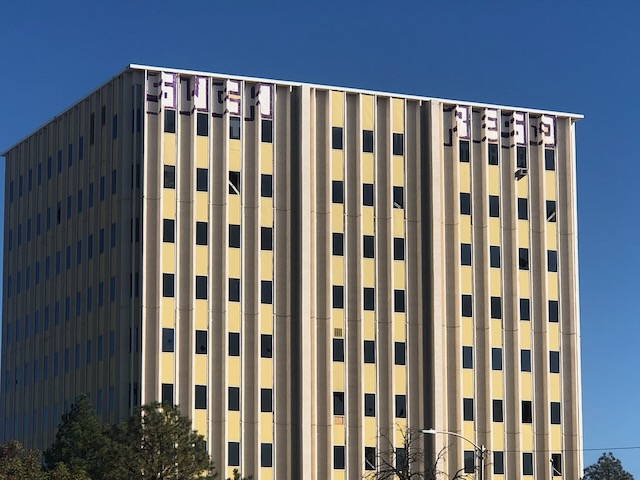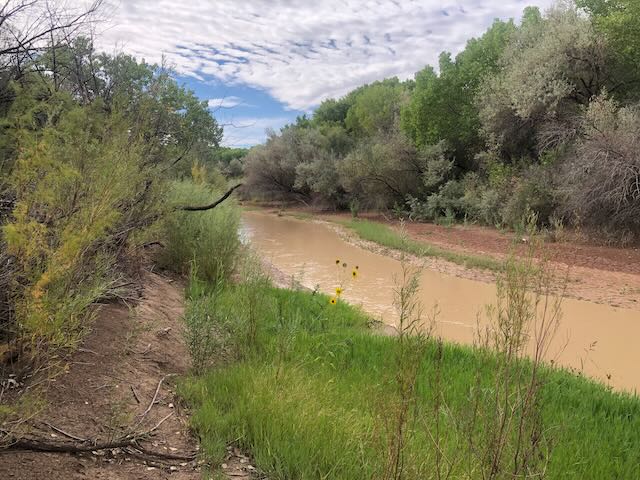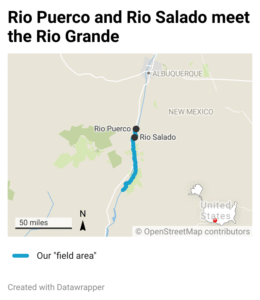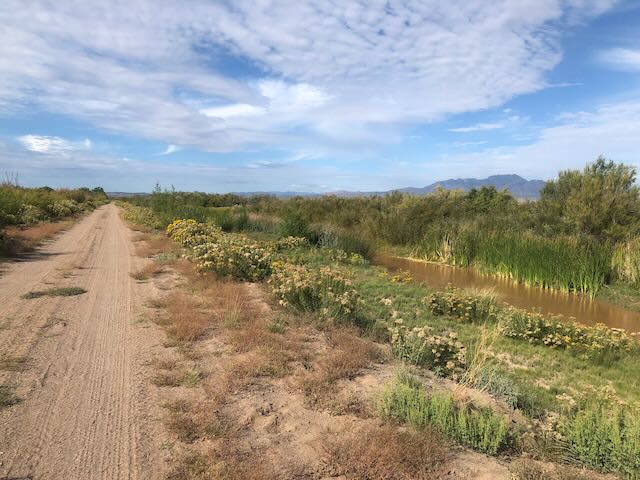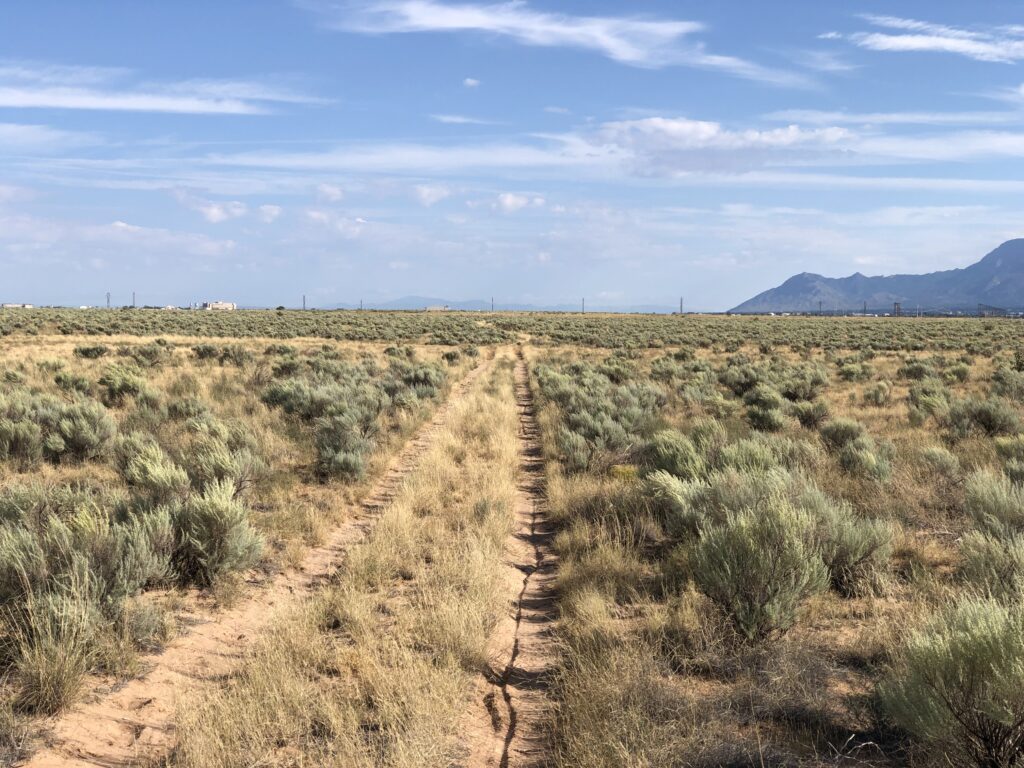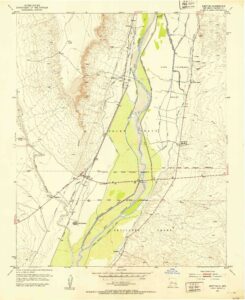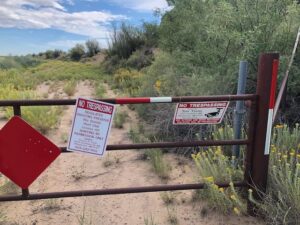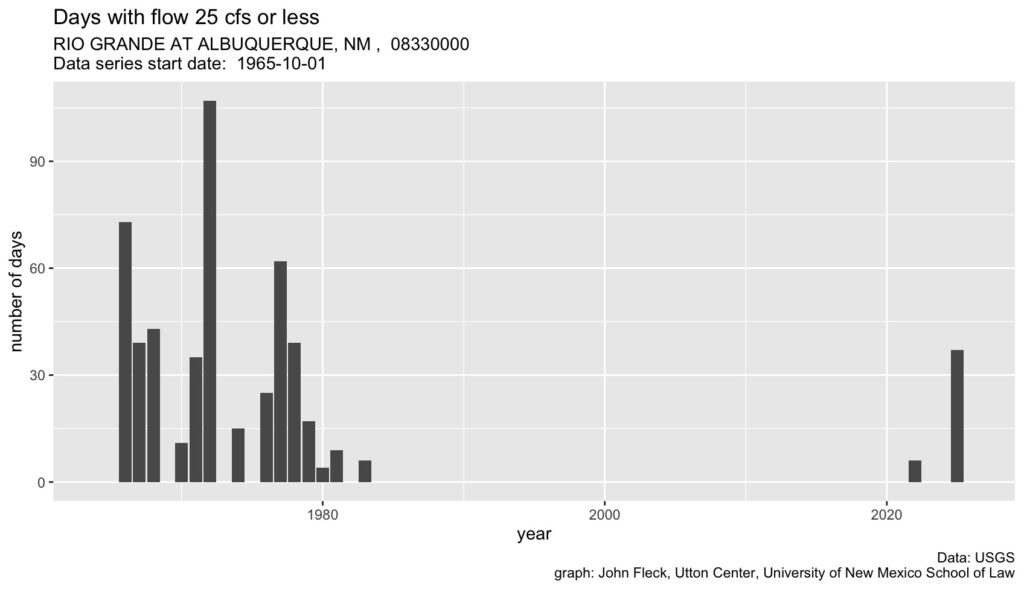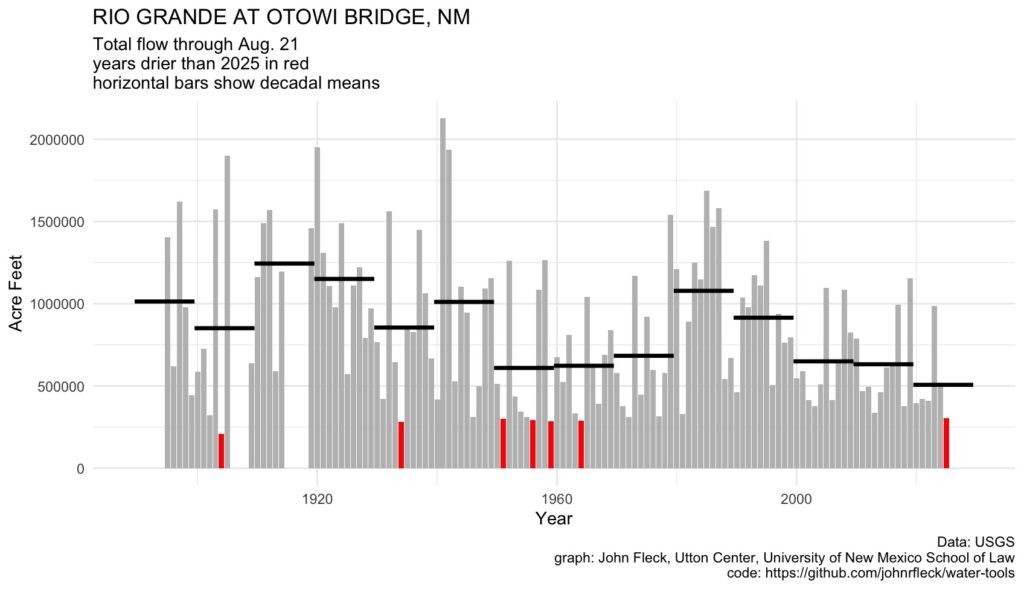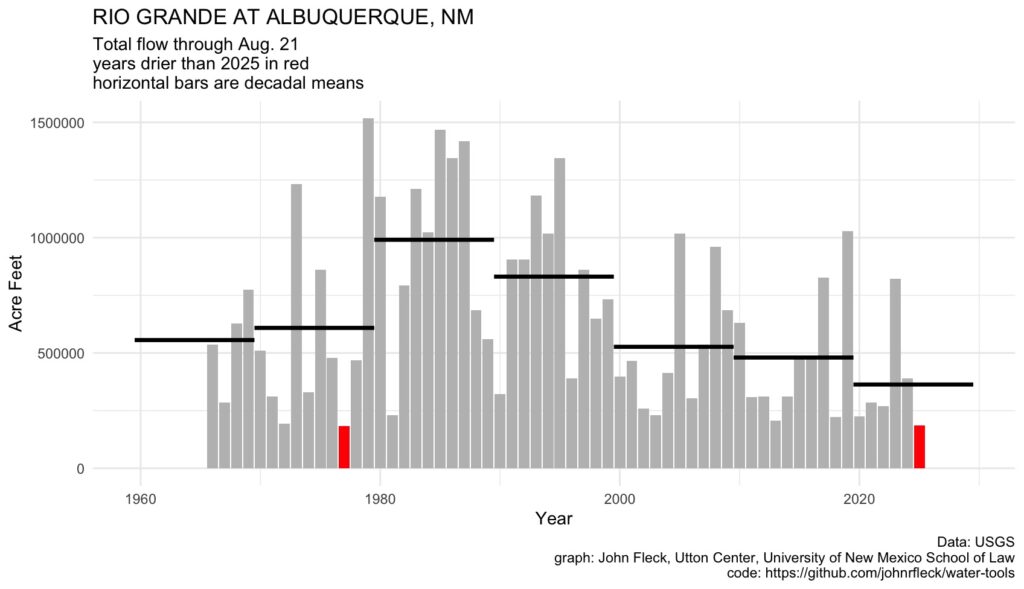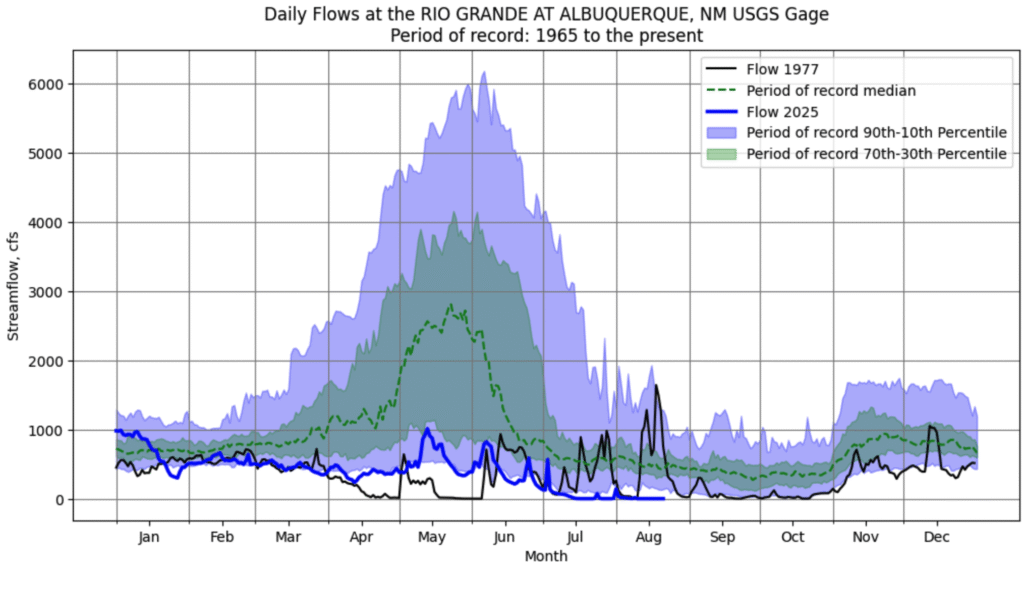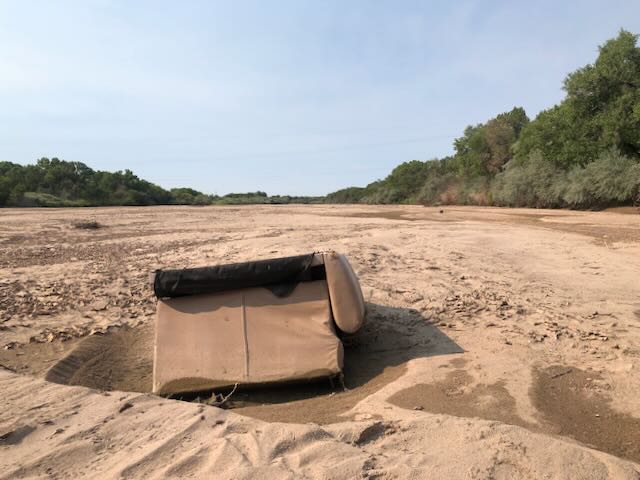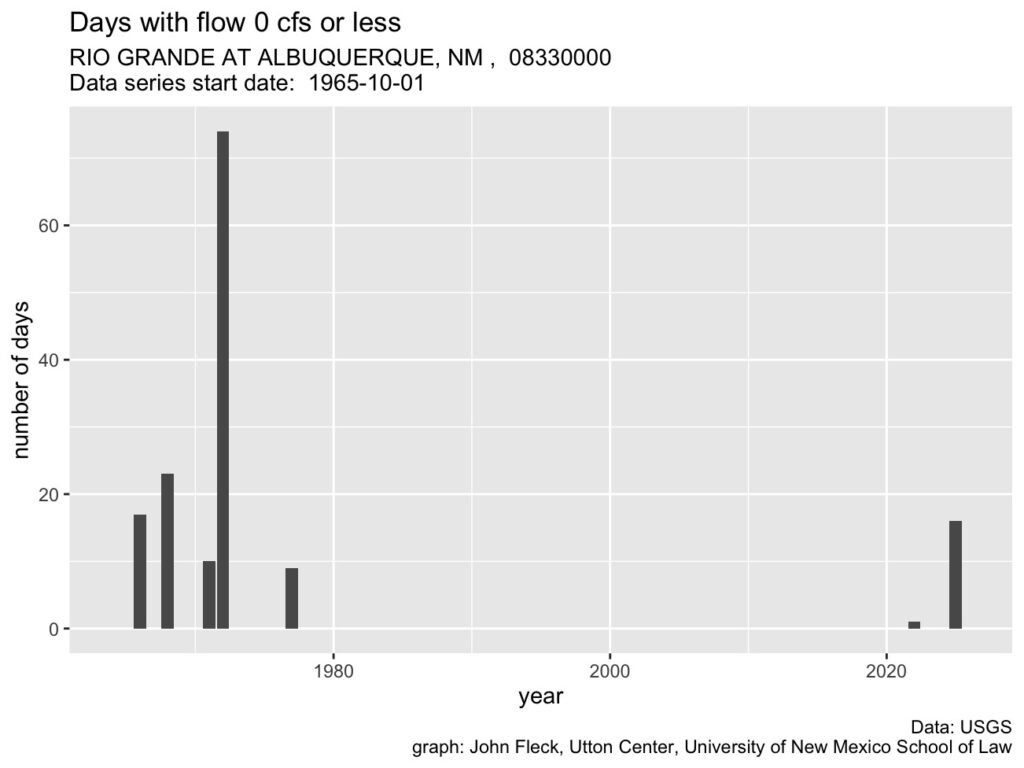Props to the artists who tagged the vacant Two Park Central Tower at Central and San Mateo in Albuquerque. I like to think Theodor Adorno and Max Horkheimer would approve.
I noticed the art today while out on my morning dérive, walking and riding my bike through one of the weirder and more interesting neighborhoods in my part of Albuquerque. It’s one of two vacant office towers surrounding a stunningly busy and stunningly vacant Albuquerque intersection – a car wash on one corner, a closed WalMart just down the street, a closed Walgreens on the corner opposite.
Folks who live in nearby told me the graffiti – a style called “blockbuster,” big block letters, usually two colors, often in dramatic locations – has been there for a couple of months – I only now had the occasion to look up, I guess.
The artists must have gotten into the building and hung off the roof to paint it. It is hard to make out the words – maybe “SUCH” and “PESO”? Blockbuster is usually easier to make out – that’s one of its characteristics. But the weird ins and outs of the building make it tricky, and I can imagine hanging off the top in the middle of the night made the work more challenging.
Kulturindustrie
I’ve had some enforced down time this week, some of which I’ve spent on Adorno, a mid-century German philosopher, kinda Marxist, whose critique of the Enlightenment, drawn out in response to Auschwitz, is helpful in thinking about the intersection of Central and San Mateo. Adorno’s “negative dialectic” is a response to Hegel’s positive dialectic – a thesis, its antithesis, and then a tidy new synthesis in response. Adorno said no, it’s never that tidy, and society’s contradictions can’t be resolved. The inexorable workings of capitalism, Adorno argued, means things just stay a mess, injustices are inevitable, and the work of the moral critique is to just stare at it and be unhappy. All the stuff you might try to do to make things a little bit better in the here and now only make it easier for the deep injustices to persist.
„Es gibt kein richtiges Leben im falschen.“ (Roughly: You can’t live a good life in a bad life. I do not like this. I do not like it one bit.)
The depth of the contradiction reared up as I talked to the neighbors over on Madeira Drive east of the empty, vacant Two Park Tower, living rough in the shadow of an abandoned building. A developer bought the 1970s-era building and its 1960s sibling across the parking lot in 2023, with plans for more than 250 apartments and a proposal for government help. The folks I talked to this morning when I was asking around about the graffiti were, as I said, living rough, back today after the police and city trash crews did one of their encampment sweeps on Madeira yesterday.
Judith Butler, in a 2012 talk/essay when they were awarded Frankfurt’s Adorno Prize, talked about those they described as “ungrievable”:
[W]hose lives are already considered not lives, or only partially living, or already dead and gone, prior to any explicit destruction or abandonment?
Of course, this question becomes most acute for someone, anyone, who already understands him- or herself to be a dispensable sort of being, one who registers at an affective and corporeal level that his or her life is not worth safeguarding, protecting and valuing. This is someone who understands that she or he will not be grieved for if his or her life were lost, and so one for whom the conditional claim ‘I would not be grieved for’ is actively lived in the present moment. If it turns out that I have no certainty that I will have food or shelter, or that no social network or institution would catch me if I fall, then I come to belong to the ungrievable.
A big part of Adorno’s critique involves what he and Horkheimer called “the culture industry” – the again inexorable workings of the creation of cultural products:
Kant said that there was a secret mechanism in the soul which prepared direct intuitions in such a way that they could be fitted into the system of pure reason. But today that secret has been deciphered. While the mechanism is to all appearances planned by those who serve up the data of experience, that is, by the culture industry, it is in fact forced upon the latter by the power of society, which remains irrational, however we may try to rationalise it; and this inescapable force is processed by commercial agencies so that they give an artificial impression of being in command.
I’m not saying here that I buy what Adorno was selling. There is a remarkable show right now at the Albuquerque Museum – Modern Art and Politics in Germany 1910–1945. It is in significant part a collection work by artists responding to the rise of the National Socialists, the Nazis, in Germany in the 1930s. The confrontation of those artists with what was happened is by measures terrifying, heartbreaking, and liberating. It ranks among the handful of most intellectually stimulating art exhibits I have seen in a lifetime of many, many art exhibits. (If you are in Albuquerque, go see it, it’s here through Jan. 4.) Their art was an often fierce critique. But sometimes it wasn’t. Sometimes it was an accommodation.
It documents how Hitler’s minions packaged art in Nazi, Germany. It is in a show that has been crisply – marvelously! – packaged for my consumption. The shadow of Adorno’s argument is there.
This is why I so love street art. Someone, or a few someones, snuck into an abandoned office tower in the dark of night, hung off the side of the building 10 floors up, and made us a painting, claiming this space as their own.

